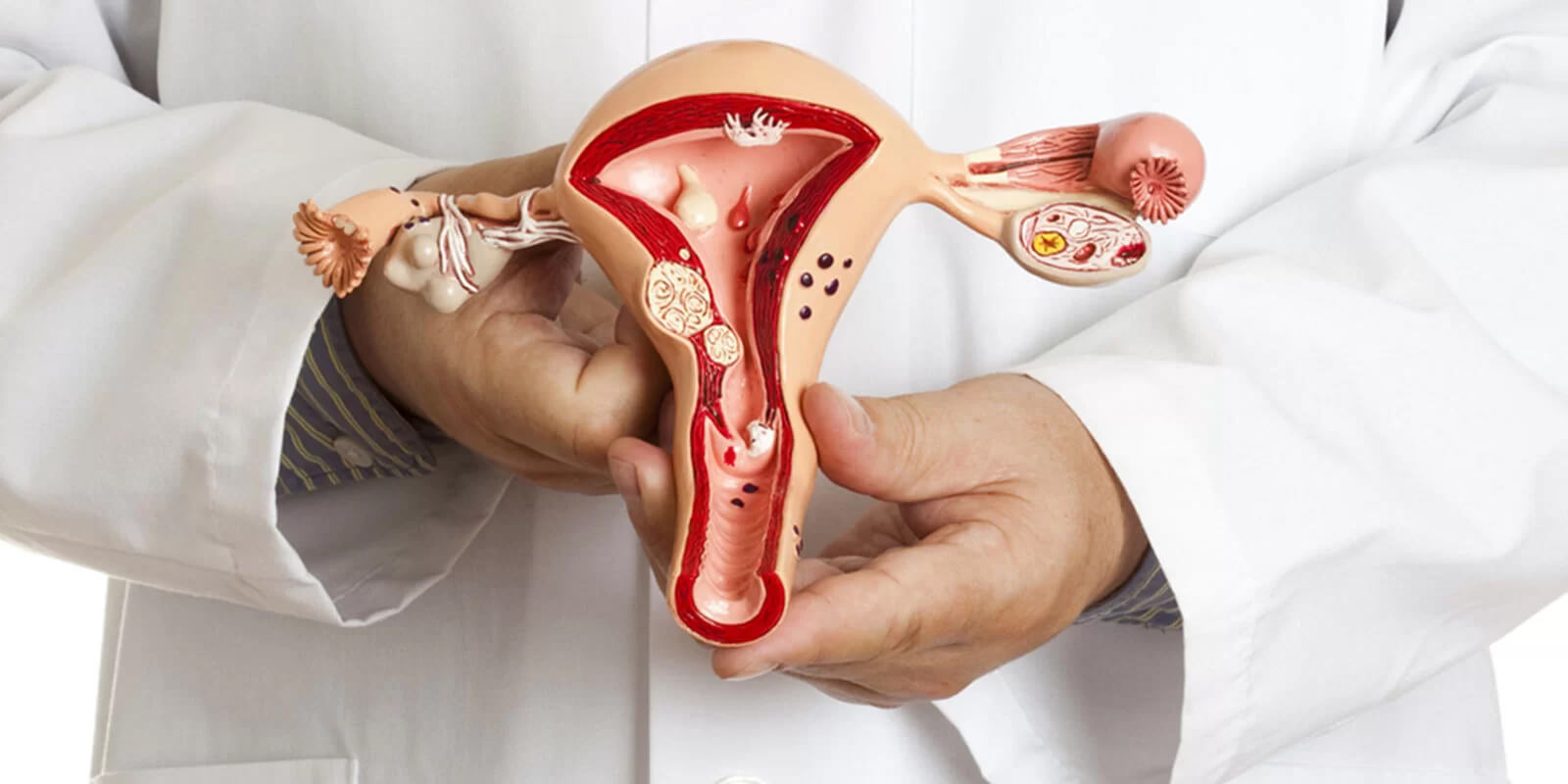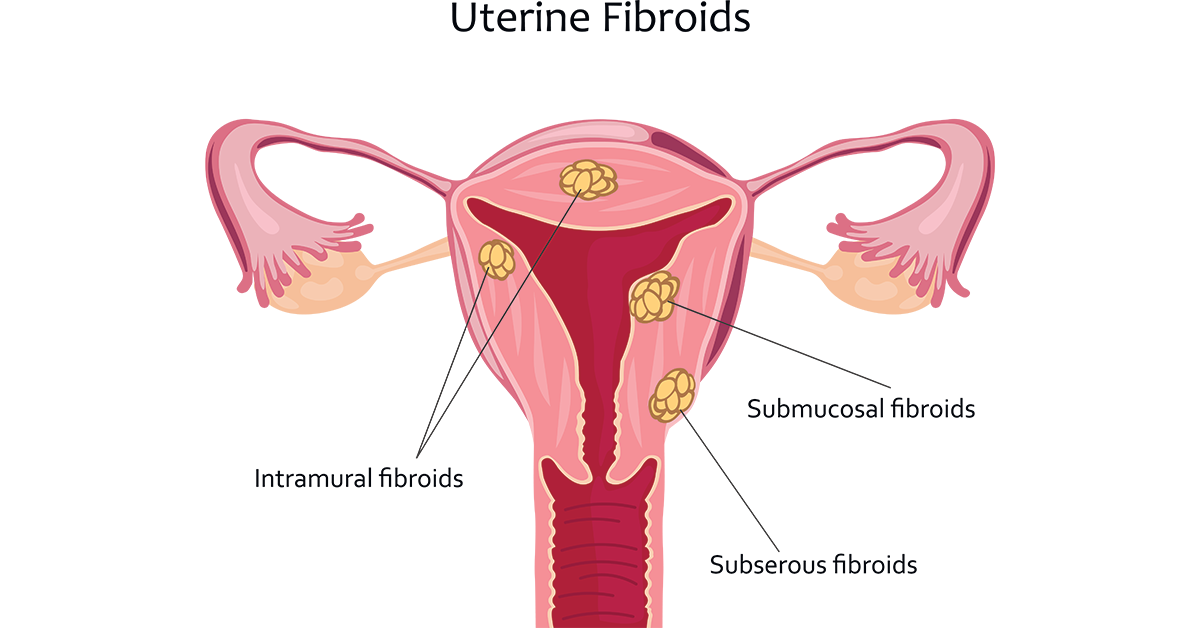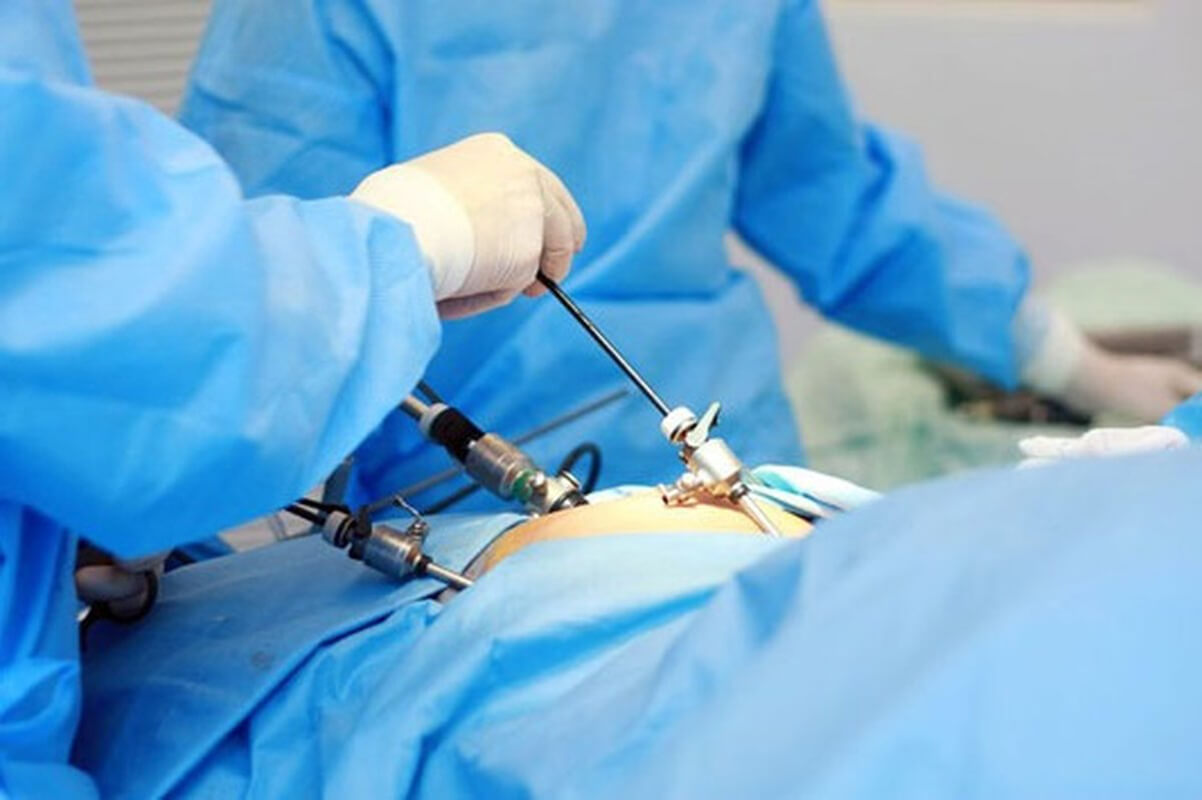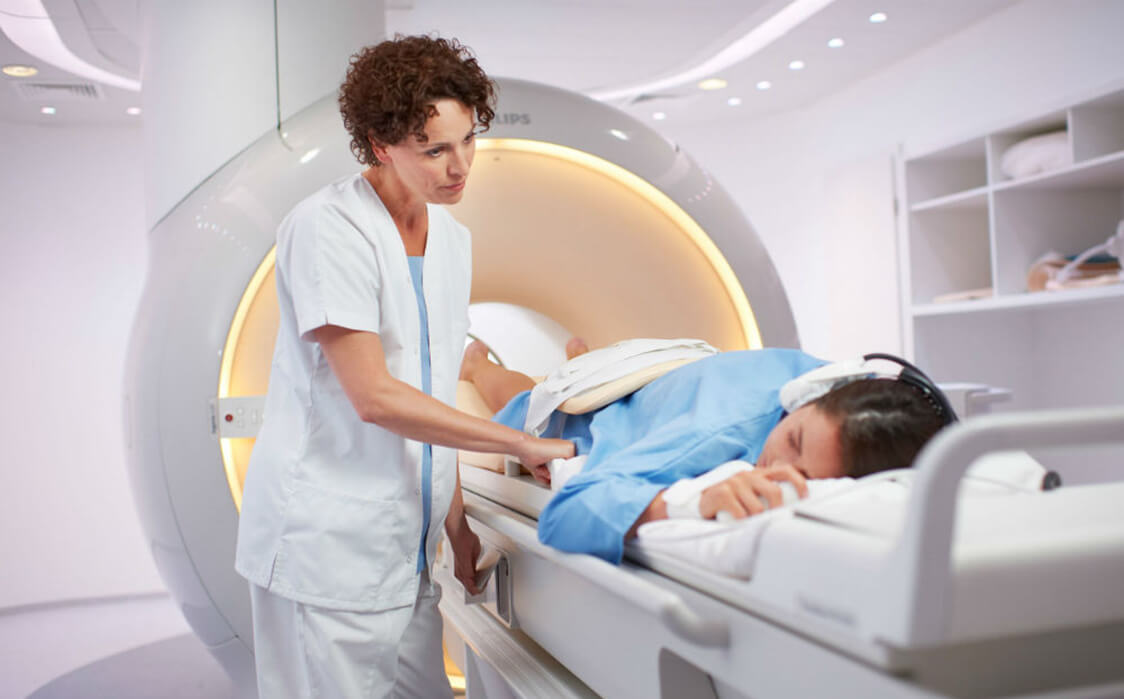Calls for Ukraine
Calls for Europe
Calls for USA

Uterine fibroids (leiomyoma, fibromyoma) is a benign neoplasm that occurs in the uterus and is hormone-dependent. Most often it is found in women aged 30-50 years. Fibromyoma is formed in the form of a node, which consists of cells of the smooth muscles of the uterus. According to statistics, a fibroid node is found in approximately 20% of women of reproductive age. This is one of the most common diseases in gynecology.
Single fibroids of small size may not bother a woman in any way and do not require treatment. However, large active fibroids can cause pain, lead to heavy menstrual bleeding, and prevent pregnancy. In such cases, it is necessary to treat uterine fibroids. Most often, doctors recommend the removal of fibroids, there are several methods that allow specialists to do this in a minimally invasive way. Also today there are effective methods of non-surgical treatment.

Fibromyomas can be small or reach quite large sizes (8-10 cm in diameter or more). There are also single and multiple fibroids.
Depending on the location of the neoplasm, doctors distinguish several types of this disease. Fibroids that are located in the body of the uterus:
Subserous and submucosal fibromyomas often grow on a stalk. Also, myomatous nodes can appear in the cervical region.
Often, fibromyoma does not give any characteristic symptoms and is detected by chance. However, there are characteristic symptoms for this disease. The main ones include the following:
In addition, a fast-growing subserous fibromyoma can compress surrounding tissues, which can interfere with the normal functioning of the bladder and intestines.
Excessively heavy periods, rapid growth of myomatous nodes, squeezing of surrounding tissues, severe pain – all these signs are indications for surgery.
If the myomatous node grows on the leg, then torsion, necrosis may occur. In this case, acute symptoms may appear: sharp pain in the abdomen, defecation disorders, vomiting. Then urgent surgery is required. Also, an indication for urgent surgery can be severe bleeding, which can be both intrauterine and intraperitoneal. But even if there is no indication for urgent surgery, in the presence of fibroids, it is important to accurately diagnose the condition and control the situation.
The following methods are most often used for diagnosis:
Modern treatment of uterine fibroids includes various therapies. When a fibroid is diagnosed, its removal is not always required. For small fibromyomas, doctors can simply observe. In addition, after 45 years, when the concentration of female hormones in the blood decreases, it often decreases in size itself, and in some cases, after the onset of menopause, resorption of uterine fibroids is even observed. If the myomatous node grows and gives unpleasant symptoms, you should consult a doctor. Today there are different methods of therapy: conservative, surgical, minimally invasive. And it is important to choose the best way to treat uterine fibroids.
The MedTour platform will help you find a clinic where you can get fibroid treatment quickly, efficiently and in the most suitable way for your case.
A gynecologist can prescribe drug therapy as an independent method of treatment or in combination with surgery. Fibromyoma can be treated with different types of drugs:

If doctors decide to remove uterine fibroids, specialists analyze the condition and situation, after which they individually select a method for removing fibroids. Today, preference is given to minimally invasive surgical techniques that allow surgeons to remove a neoplasm with minimal trauma to healthy tissues.
Non-surgical non-surgical treatment of fibroids is possible using methods such as uterine artery embolization and FUS ablation.

All methods of fibromyoma treatment have their own characteristics, indications and contraindications, therefore, each case must be considered individually and a method should be selected, the application of which will be the most reasonable and effective.
Today, this disease is treated in most gynecological clinics around the world. However, the latest methods, such as FUS ablation, are only available in some medical centers. Would you like to get into the best clinics for the treatment of fibroids? The MedTour platform will help you find a clinic that uses the most advanced technologies and employs doctors who have extensive experience in treating this disease.
To get to the best specialists, contact us. A medical consultant from MedTour will help you find a highly qualified doctor with a good reputation. We work with clinics and doctors around the world and cooperate with leading specialists in the field of gynecology from different countries. So, for example, you can get to such specialists:
Send us a request via the contact form to learn more about the possibilities of treating gynecological diseases with the best doctors!
How do I know if I have uterine fibroids?
It is impossible to self-diagnose this neoplasm. A gynecologist can make a diagnosis of fibroids after an examination. The main methods for diagnosing this pathology are ultrasound of the pelvic organs and transvaginal ultrasound.
What is not recommended for uterine fibroids?
Without a doctor’s prescription, you should not take hormonal drugs, as this can further provoke the growth of the neoplasm. In the presence of fibroids, it is not recommended to be in the sun a lot, this can contribute to its growth. Also, doctors do not recommend visiting saunas and baths, or doing any warming procedures.
And of course, the symptoms of fibroids cannot be ignored. If a neoplasm that has appeared in the uterus spoils the quality of life of a woman, it is nessecary to go for a consultation with a gynecologist, undergo an examination and choose a treatment that will improve your well-being.
How many years do people with uterine fibroids live?
This neoplasm does not pose a direct threat to life and can be in the uterus of a woman for a long time. If fibromyoma does not bother and does not have a negative impact on health, a woman can live with it for many years. However, it is nessecary to regularly undergo an examination and check its condition.
At what size of fibroid should it be removed?
It is believed that with a size of 6 cm or more, this neoplasm must be removed. Another parameter that is usually paid attention to is the growth rate of fibroids. If it increases by more than 1 centimeter per year, this is also considered an indication for removal. But a doctor should finally determine the need for treatment of the disease and choose the method of therapy, taking into account the individual characteristics of the condition.
Please rate the work of MedTour
